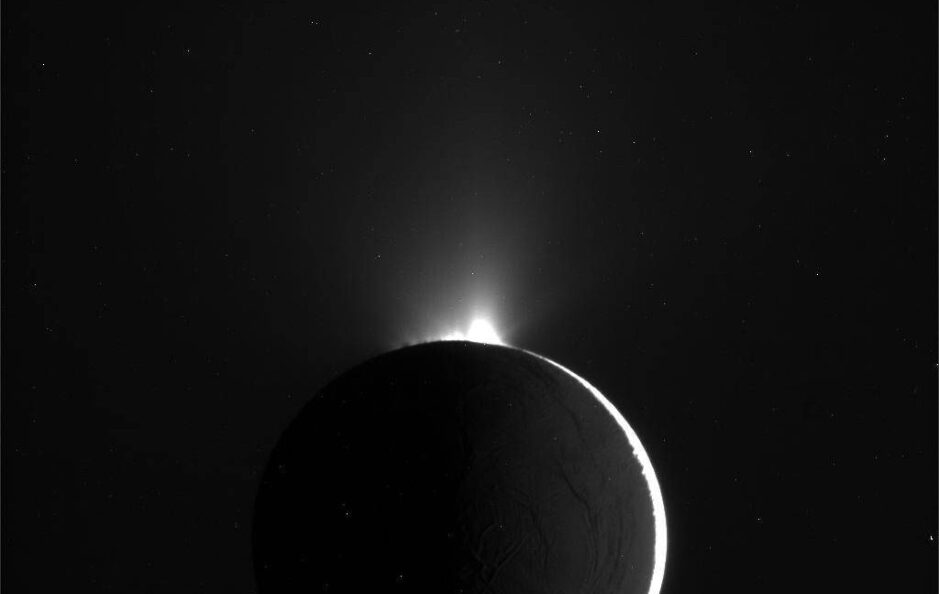NASA’s Quest for Life: Exploring Europa’s Hidden Oceans
In an exciting development for astrobiology, scientists are turning their attention to Europa and Enceladus, two of Jupiter’s moons that are believed to harbor liquid water beneath their icy surfaces. The upcoming Europa Clipper mission, set to reach Europa in April 2030, aims to gather crucial data regarding the moon’s habitability. If the findings suggest potential for life, robotic lander missions will likely follow to further investigate this tantalizing possibility.
Innovative Robotics to the Rescue
To ensure success in these future explorations, NASA’s Jet Propulsion Laboratory (JPL) is actively designing advanced robotic landers capable of surviving and conducting research in Europa’s extreme environment. Kevin Hand, a leading planetary scientist at JPL, states that “At this point, this is a pretty mature concept.” Recently, the team tested a prototype robot on the Matanuska Glacier in Alaska, simulating the icy conditions it may encounter on Europa.
The development of these robots is critical as they must navigate and operate independently in an environment fraught with challenges.
Harsh Conditions on Europa
Despite the excitement surrounding potential discoveries, the conditions on Europa pose significant hurdles for lander missions. The moon is subjected to intense radiation from Jupiter, which could compromise the functionality of electronic components in a lander. Compounding this problem is the limited communication window; for more than half of Europa’s 85-hour day-night cycle, the lander will be out of contact with Earth, significantly hindering real-time support from control teams.
Additionally, with the sun positioned far from Europa, solar panels are impractical. Instead, the spacecraft will rely on non-rechargeable batteries to power its operations, complicating mission longevity.
A Lack of Critical Infrastructure
Unlike Mars, where permanent orbiters provide vital communication support and detailed surface imagery, Europa presents a much less forgiving landscape. High-resolution images of Europa’s surface are sorely lacking, with the best available from the Europa Clipper mission only offering half a meter per pixel resolution in selected areas. This means that critical navigation and landing decisions will be made with limited information. Hand emphasizes the uncertainty, noting that "we don’t know what Europa’s surface looks like at the centimeter to meter scale."
The Road Ahead: Potential Implications for Life Beyond Earth
If the Europa Clipper mission indicates favorable conditions for life, the implications could be profound—not just for our understanding of Europa, but for the search for extraterrestrial life as a whole. Discovering life in such an inhospitable environment would challenge existing theories about the conditions necessary for life to thrive.
In conclusion, NASA’s commitment to exploring Europa and its potential life forms reflects a broader ambition to understand our universe. As challenges remain, the innovation in robotic technology aims to overcome them, inching humanity closer to discovering whether we are alone in the cosmos. The endeavors surrounding the Europa Clipper mission and its follow-up landers may redefine our understanding of life in extreme conditions and expand our horizons in the search for life beyond Earth.









